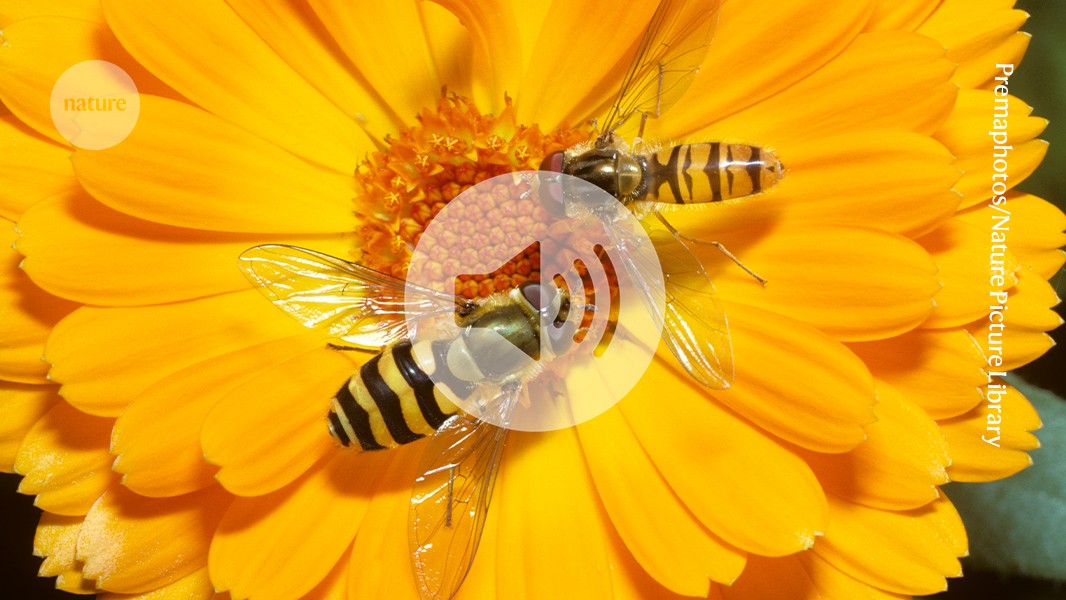
"A team 3D printed a range of imaginary insects designed to mimic wasps with varying degrees of accuracy, revealing that predator perception influences the need for mimic accuracy."
"Research found that while birds are difficult to fool, invertebrate predators struggle to differentiate between imperfect mimics and accurate wasp models, suggesting evolutionary advantages."
"The study suggests that evolutionary favoring of imperfect mimicry may be a strategy to ensure survival against predators based on their perceptual capabilities."
"Recent research highlights how kelp loofahs created by killer whales may be an example of toolmaking in marine mammals, and rituals might explain damaged statues of a pharaoh."
A study using 3D printed imaginary insects showed that many harmless animals mimic dangerous ones inaccurately to avoid predation. The research demonstrated that different predators respond differently to these mimics, with birds readily able to identify accurate models versus inaccurate ones, while invertebrates struggled with the differentiation. This suggests that the accuracy required for mimicry is contingent on the predator’s perception, providing insight into the evolutionary advantages offered by both accurate and imperfect mimicry. Additional highlights include potential ritualistic reasons behind damaged statues of Queen Hatshepsut and toolmaking behavior observed in killer whales.
Read at www.nature.com
Unable to calculate read time
Collection
[
|
...
]